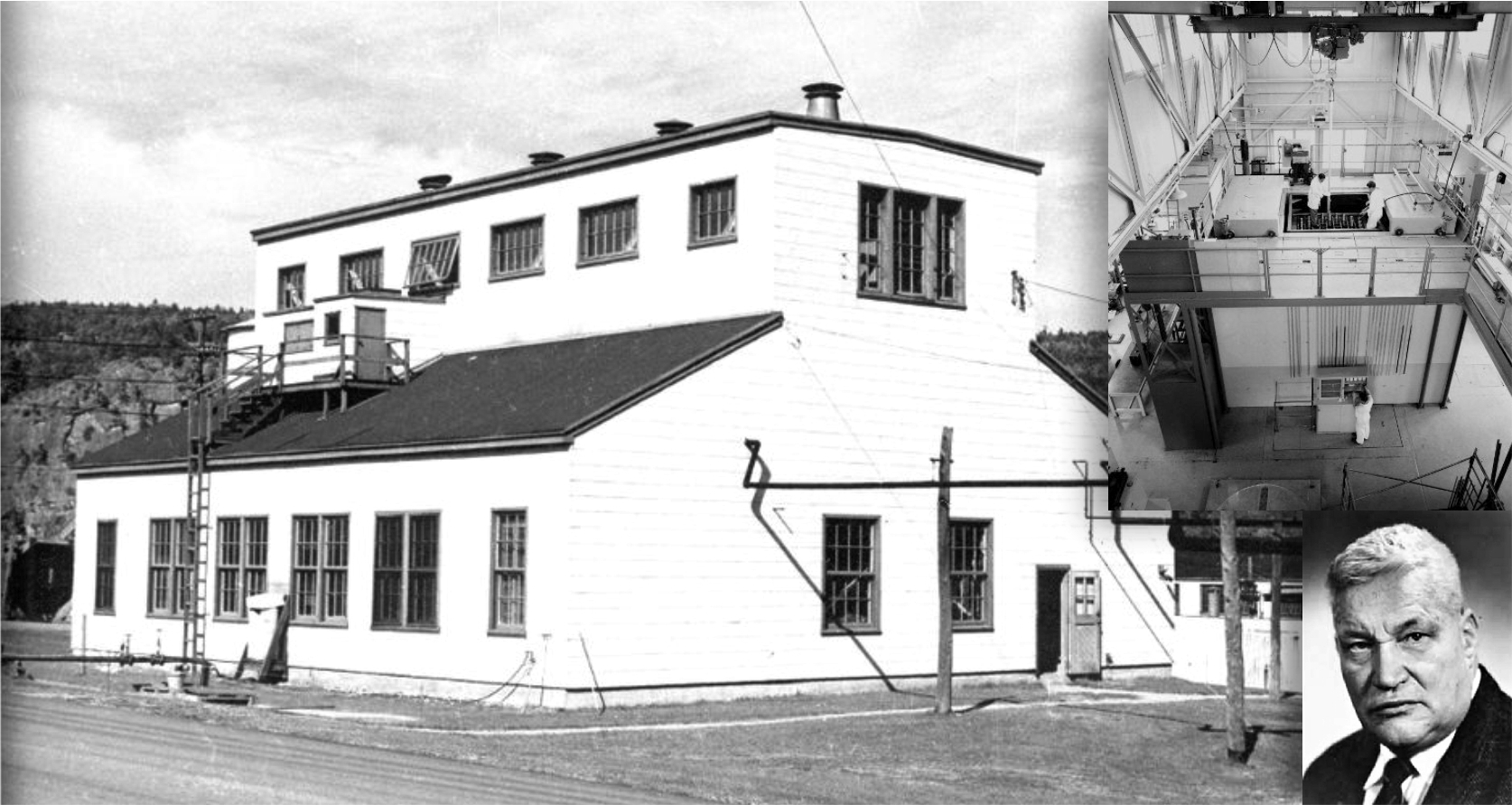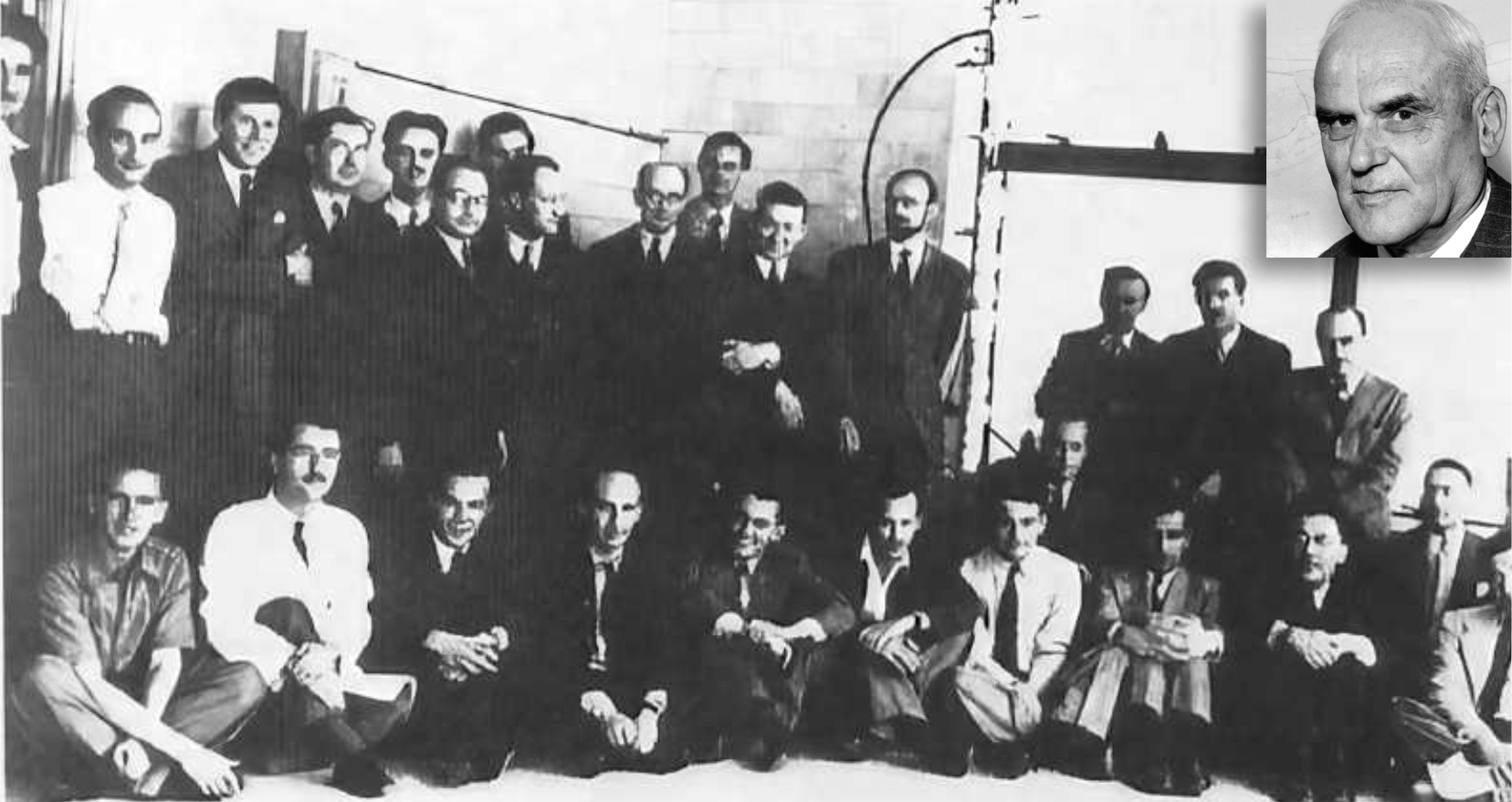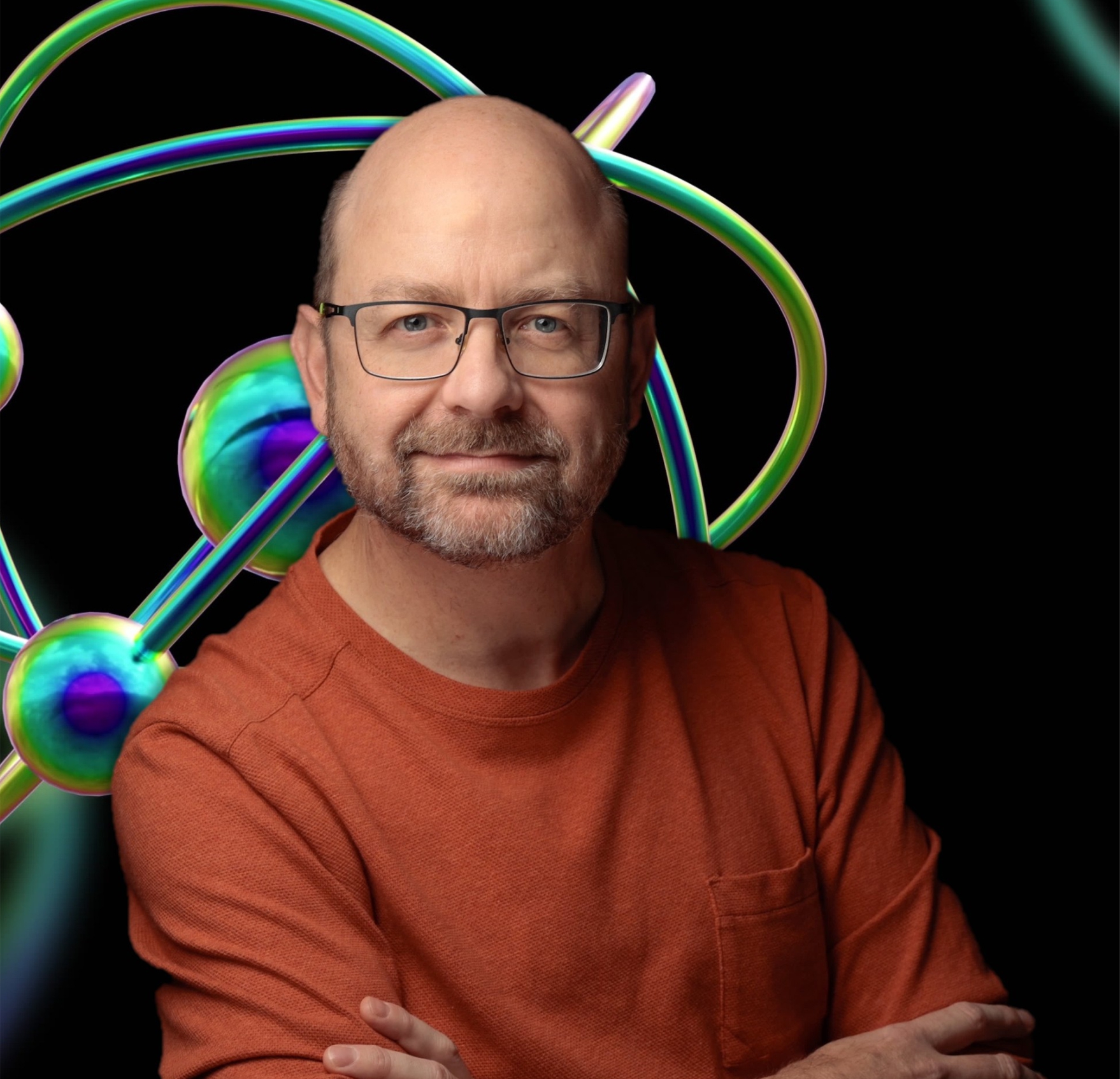|
"Okay Let's Go": 80 years ago Canada became the second nation to harness the atom
by Dr. Jeremy Whitlock
September 2025
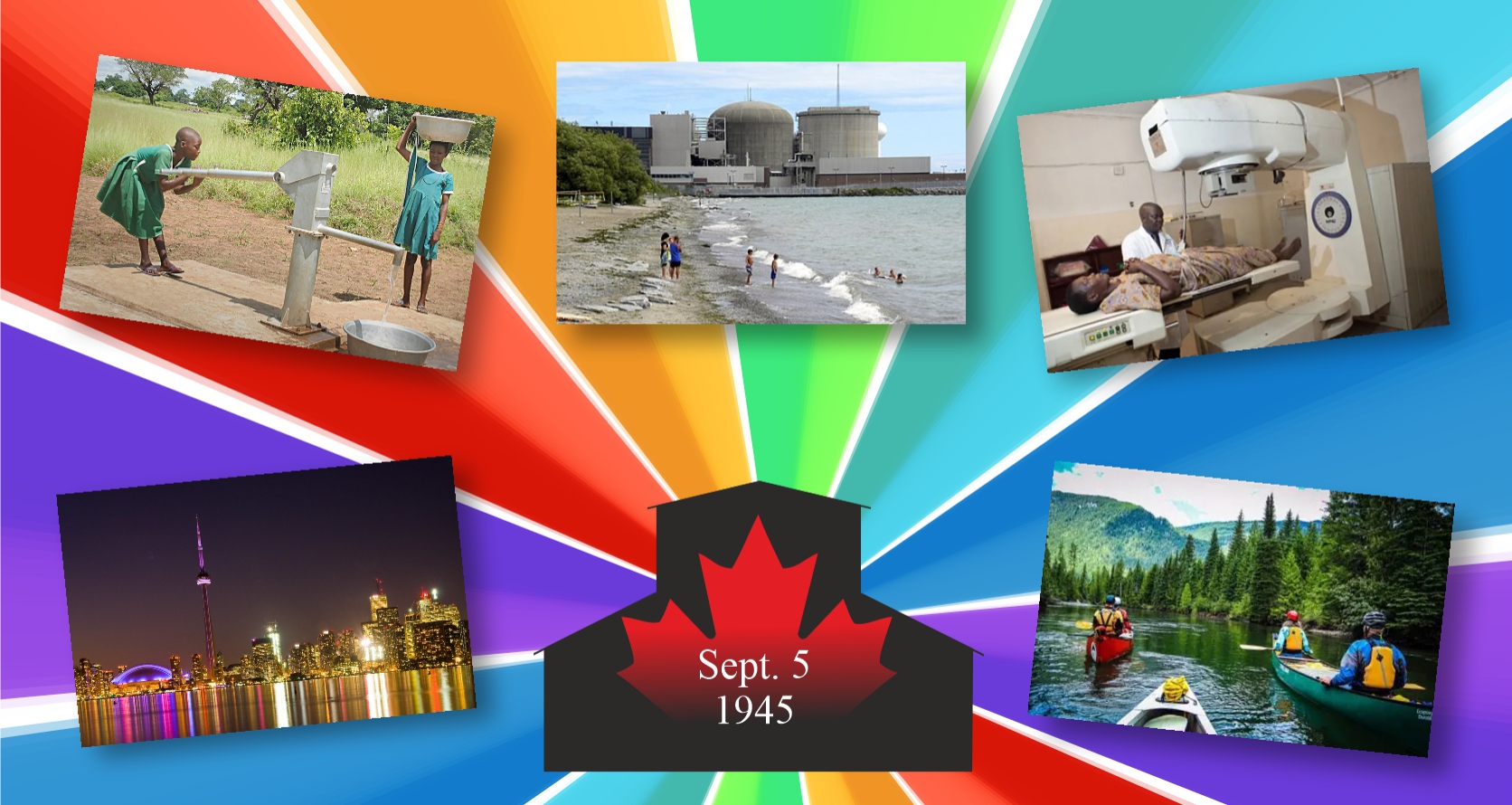
For six harrowing years the young nation had punched above its weight on numerous fronts – military, industry, aerospace, agriculture, science – to help bring the world's greatest conflict to a close.
And on September 5, 1945 – a month after the world learned of nuclear fission when two atomic bombs destroyed Hiroshima and Nagasaki – Canada again stunned the world by firing up its ZEEP reactor ("Zero Energy Experimental Pile") in remote Chalk River, Ontario, becoming the second country to harness the atom.
At the time neither the lab at Chalk River, nor the nearby townsite of Deep River housing its scientists and their families, was on the map – both created in secrecy during the darkest days of the war: effectively a satellite operation of the Great U.S. Secret the world came to know as the Manhattan Project. The Allies' goal was ostensibly a nuclear weapon to end the war, but the new wonder of nuclear science was unmistakably the long-term prize – and Canada had been all-in since 1942 with a pronouncement as understated as it was bold: "Okay, let's go!" Those words were famously uttered on August 17, 1942 by the honourable Clarence Decatur (C.D.) Howe as he created the Canadian nuclear program with the stroke of a pen.
Howe, known as the "Minister of Everything" in Prime Minister Mackenzie King's wartime cabinet, had been considering a request from Britain to transfer a significant piece of its wartime nuclear project (under the code name "Tube Alloys") to Canada – the mission: to investigate the possibility of a heavy water reactor.
It was a hefty commitment and nobody could say for sure what would come of it, but the allure was undeniable: first-floor access to a new science (discovered scarcely three years earlier) that promised to revolutionize industry, medicine and energy production. With its hearty "okay, let's go", Canada invited a team of top French and British scientists to join a Canadian contingent setting up shop at the University of Montreal. It would be known as "The Montreal Lab" under the auspices of the National Research Council (NRC).
Remarkably, this was not Montreal's first brush with cutting edge nuclear science: that happened half a century earlier when the redoubtable Ernest Rutherford earned his 1908 Nobel Prize conjuring up concepts like half-life, alpha, beta and gamma radiation at McGill University.
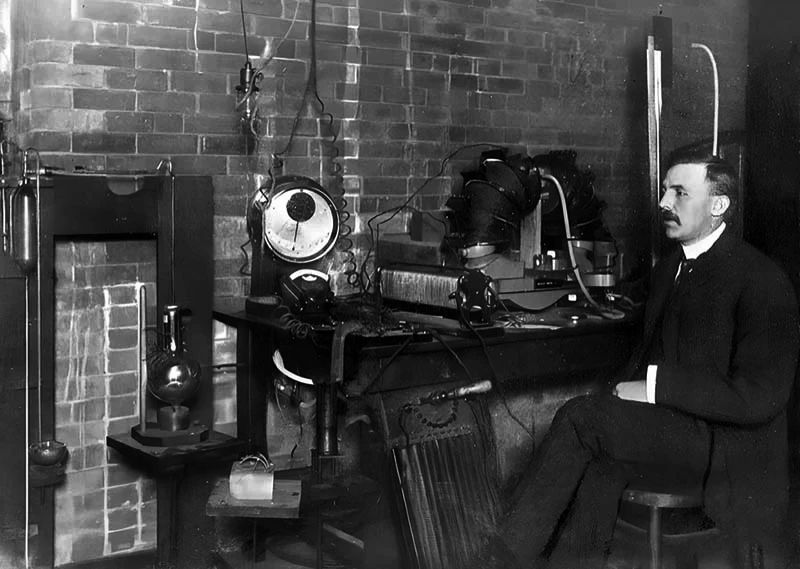
Around that time, a thousand kilometres to the east in Charlottetown, PEI, a lad named George Laurence was born. Two decades later young Laurence would find himself studying under Rutherford in Britain, and by the outbreak of WWII was a respected researcher of his own at the NRC laboratories back in Ottawa. That's when an earthquake broke science. Nuclear fission – the splitting of the uranium atom, considered impossible by contemporary knowledge – was announced to the world in January 1939. Germans Otto Hahn and Fritz Strassman did the experiments, Austrians Lise Meitner and her nephew Otto Frisch pieced the unconventional physics together, and an entire half-century of nuclear theory converged overnight.
Canada's George Laurence, working in secrecy in downtown Ottawa with the help of B.W. Sargent of Queens University (a fellow Rutherford protégé), was the first to assemble a large graphite reactor to test the theory. Later in 1942 Enrico Fermi would attain physics superstardom with the first fully functional version under the football stands at the University of Chicago, but Laurence put Canada on the map by being one of the first to test the process.
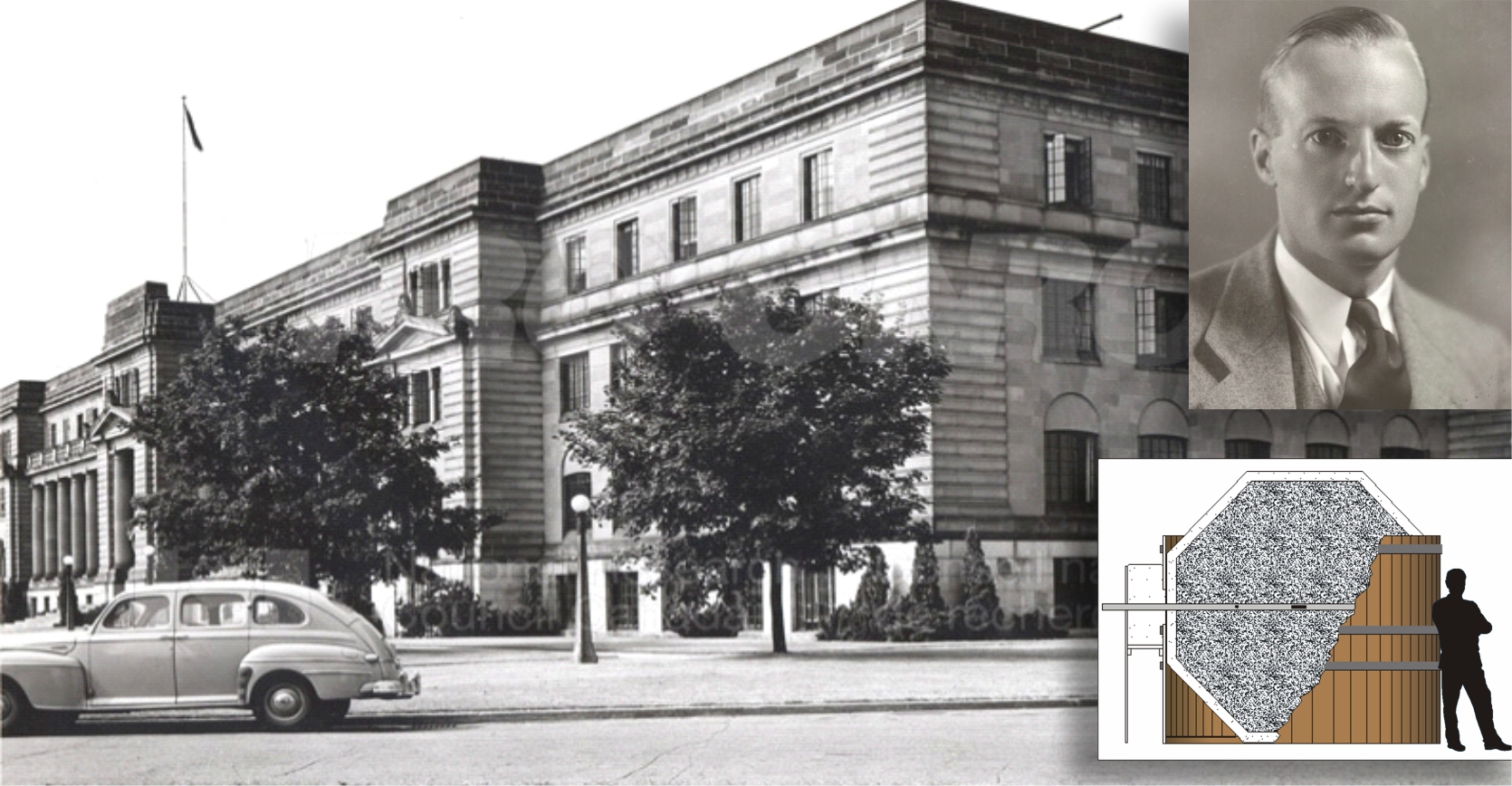
This earned Canada an unlikely seat at the Manhattan Project table, confirmed in August 1943 by Mackenzie King, Churchill, and Roosevelt at their Quebec Conference to discuss how the war would end.
Canada was tasked with building a large prototype reactor based on heavy water.

A natural variant of water but 10% denser, heavy water was first discovered only a decade earlier – and until the discovery of fission had almost no practical use. Then overnight its status soared as one of the rarest and most sought-after materials of the Second World War. The reason: it was immediately recognized as a key ingredient for a nuclear reactor running on unenriched uranium (the kind found in nature). Unfortunately, although it's found wherever you find water, separating heavy water from regular water is not trivial. In time Canada would master the process but for now it was in short supply.
In fact, early in the war the French had ended up with almost all the world's inventory of heavy water (185 kg), spirited out of Norway on the eve of Nazi occupation, and again spirited out of France on the eve of its Nazi occupation – eventually ending up, along with its French scientist caretakers, at the Montreal Laboratory.

Additional heavy water in the massive quantities demanded by a reactor (many tonnes) eventually arrived via the Manhattan Project – interestingly, its first production site technically on Canadian soil at Trail, BC. Uranium, of course, was the other essential ingredient, and here Canada was blessed. Since 1930 uranium had been mined in the Northwest Territories for its lucrative radium content – a wonder element since the days of Madame Curie, especially useful during the war making aircraft instruments glow in the dark. In fact radium's singular commercial value is evident in the fact that it made economic sense at the time to mine it in Great Bear Lake, NWT, then ship it 5000 km southeast to Port Hope, Ontario for extraction – at that point basically casting its host uranium rock aside as waste. Then in 1939 the discovery of nuclear fission flipped Port Hope's objective: uranium itself became the main attraction. Meanwhile, the decision to build a large research reactor unleashed Canadian science and industry into uncharted territory (a metaphor extending to the living conditions of scientists and their families as they moved to the new company townsite of Deep River, Ontario, on the banks of the Ottawa River about 200 km upstream from Ottawa).
Nearby the massive nuclear campus at Chalk River was under construction, with all the infrastructure of self-contained, cutting-edge science: at its heart, an innovative nuclear reactor that would change the course of medicine, industry, and electricity generation.
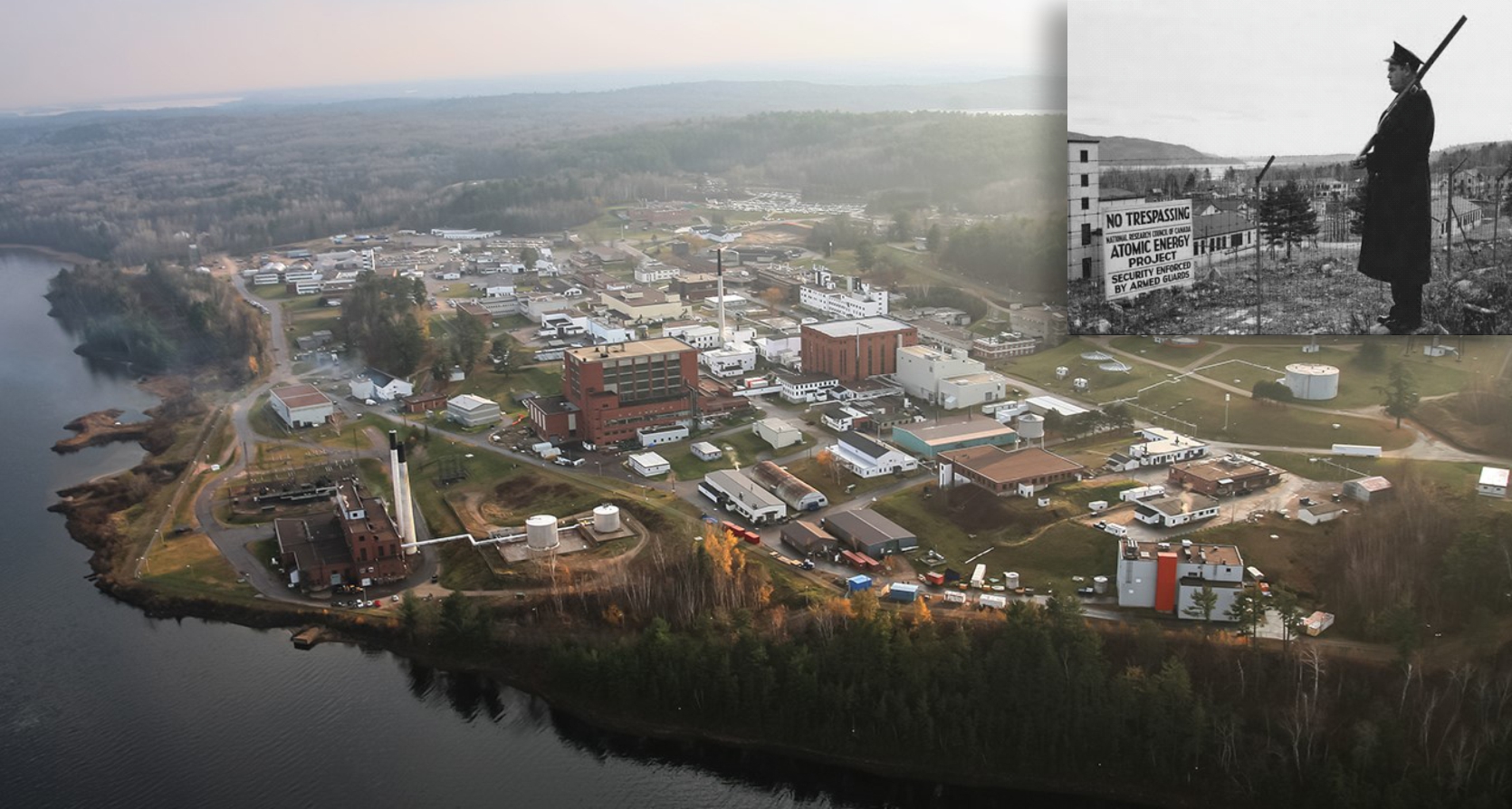
That reactor would be known as National Research eXperimental, or NRX – the most powerful research reactor on the planet in its day, and a scientific watershed for Canada. But that day was still three years away: for now, with the war still raging and Canadians preparing to storm the shores of Normandy, Canadians back home prepared to storm the shores of nuclear science. First on their list was a small test reactor, also based on heavy water – something to get their feet wet (so to speak) before tackling the full might of NRX.
This would become known as ZEEP: Zero Energy Experimental Pile – built over the following year in the looming shadow of NRX next door. True to its name, ZEEP generated almost no measurable energy, but provided the physics platform for fine tuning the NRX design, and continued to host important experiments at Chalk River until 1970.
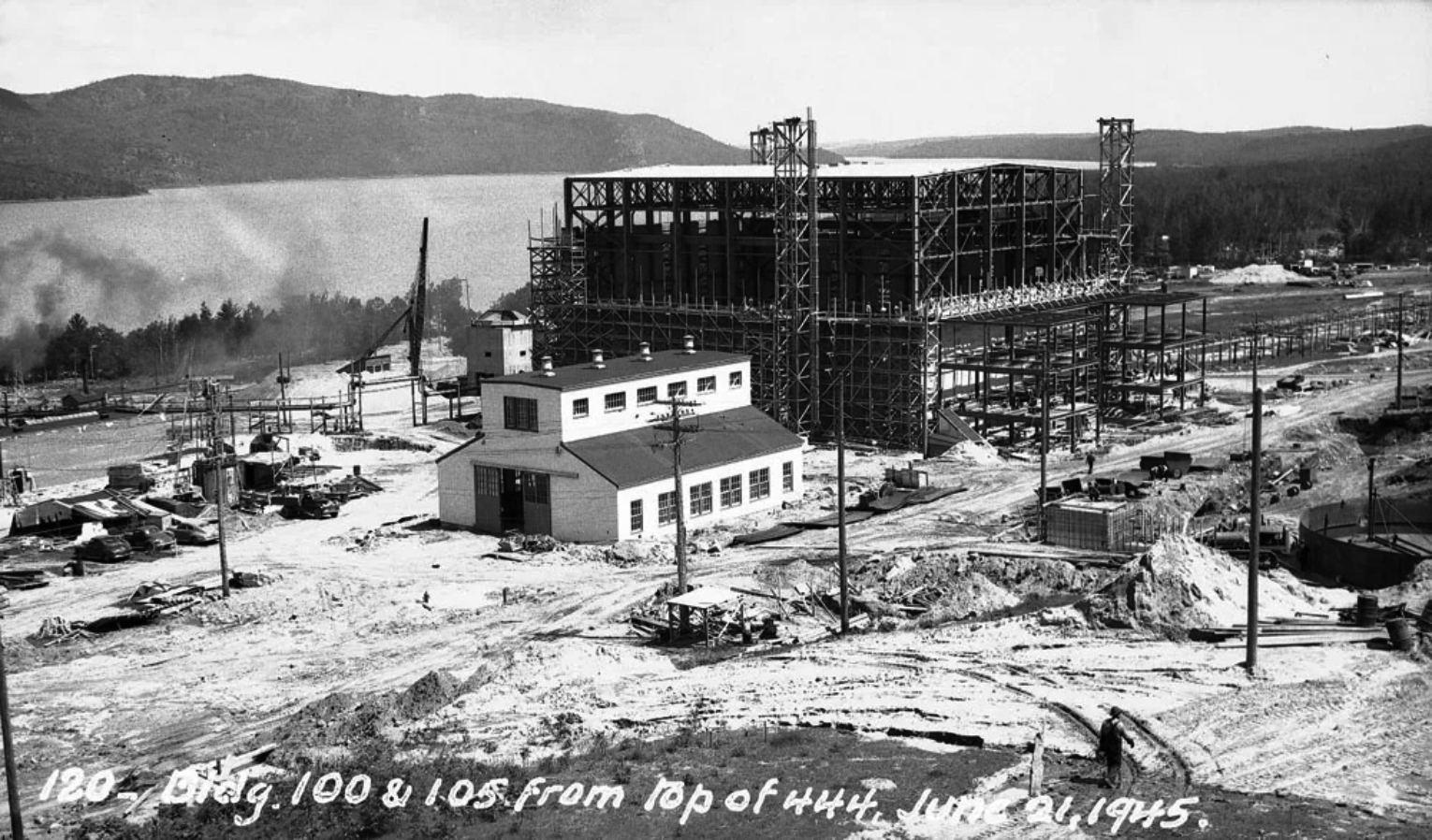
More than this however, ZEEP was the first reactor to start up outside the U.S., heralding the entry of Canada into the nuclear big leagues. The date was Sept 5, 1945. The war had just ended and a new world was emerging from its ashes – a world where nuclear energy held an early promise of prosperity and peace.
Canada would help define this new world. With its flagship research reactor NRX starting up in 1947, joined by the even more powerful NRU (National Research Universal) a decade later, Canada would soon gift to humanity the medical revolution of cobalt-60 cancer therapy (saving lives already by 1951), and a host of other medical and industrial radioisotopes.
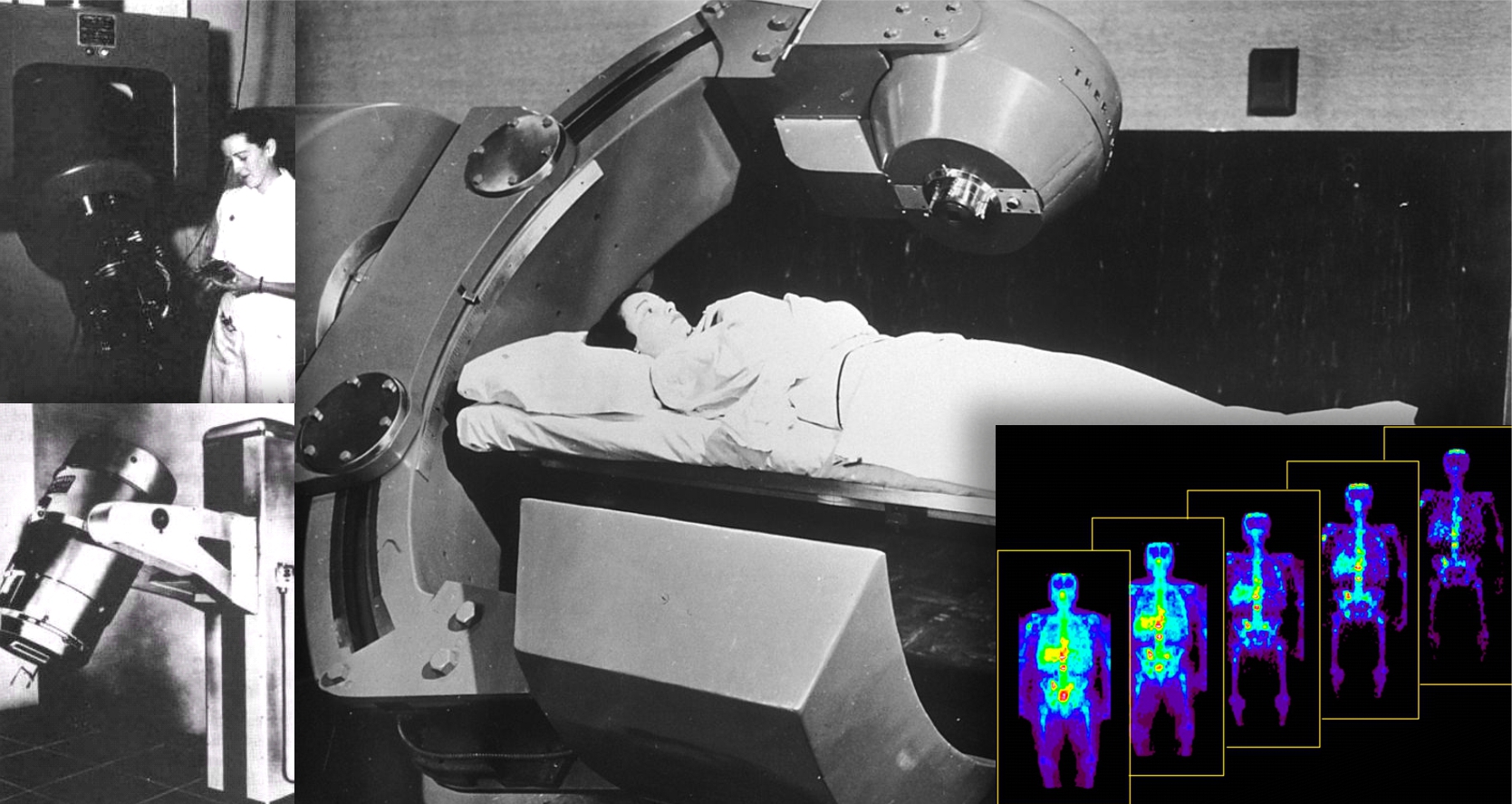
This new world demanded oversight since nuclear reactors would soon be operating in dozens of countries, and in 1957 Canada helped establish the International Atomic Energy Agency (IAEA) to ensure that this evolved safely and securely. (At home this mission had been upheld since 1946 by one of the first national nuclear regulators, later rebranded the Canadian Nuclear Safety Commission, CNSC).
Chalk River Laboratories itself became a Mecca for nuclear science – the best and the brightest attracted by the unmatched capabilities of its two research reactors, soon accompanied by other new tools for probing the universe.
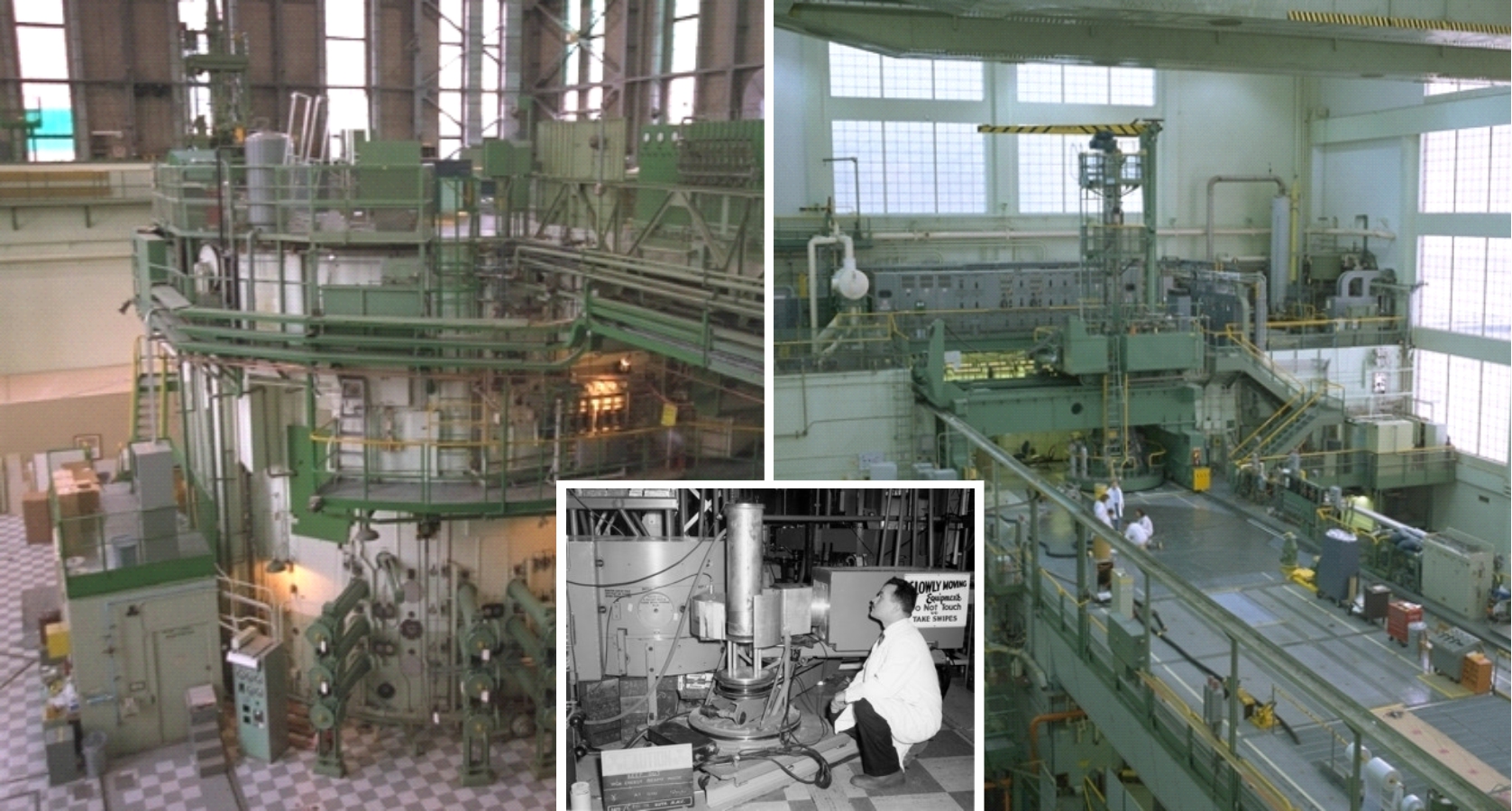
And by the 1960s Canada, through its new crown corporation Atomic Energy of Canada Ltd. (AECL), had developed one of only two power reactor concepts to reach full commercialization: the CANDU reactor. CANDU was almost a contradiction: arguably the most efficient power reactor on the planet, running on natural (unenriched) uranium that – under most circumstances – can't be made to support its own fission chain reaction.
The Canadians not only made it work; they made it one of the safest reactors in operation. Today these machines power half of Ontario, and enable that most industrialized of Canadian provinces to have an almost 100% clean electricity grid.
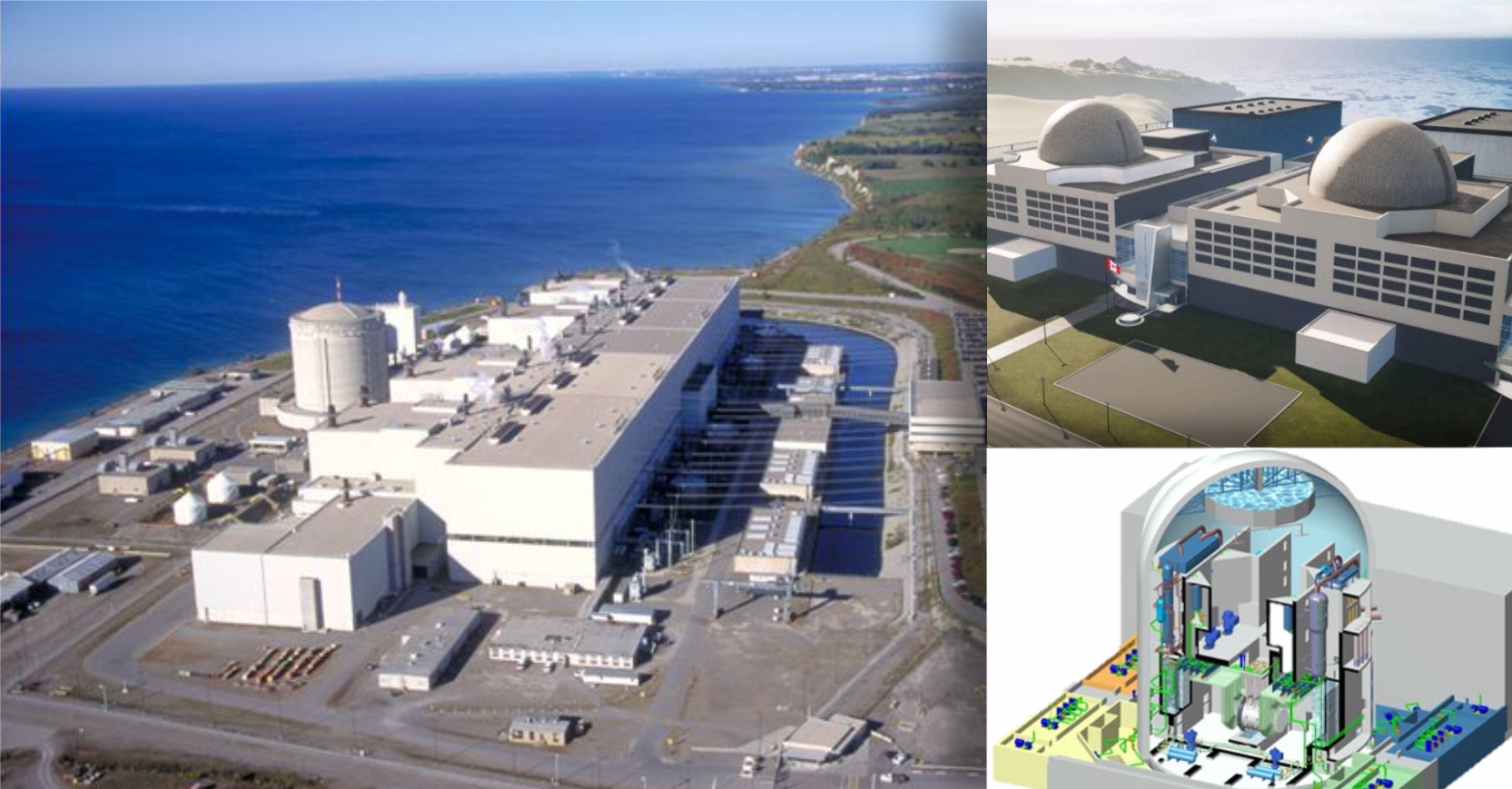
And increasingly, while doing so, they are producing medical isotopes on the side – fighting cancer and heart disease, and generally carrying forth the torch of nuclear energy's first philanthropic role in Canada. Today CANDU reactors quietly tout Canadian ingenuity on four continents, their very name a respectful nod to the spirit of their genesis: 80 years ago when 20th century physics reached an apex in two countries, and equally today as the world searches for sustainable solutions to energy supply and climate deterioration.
Okay, let's go.
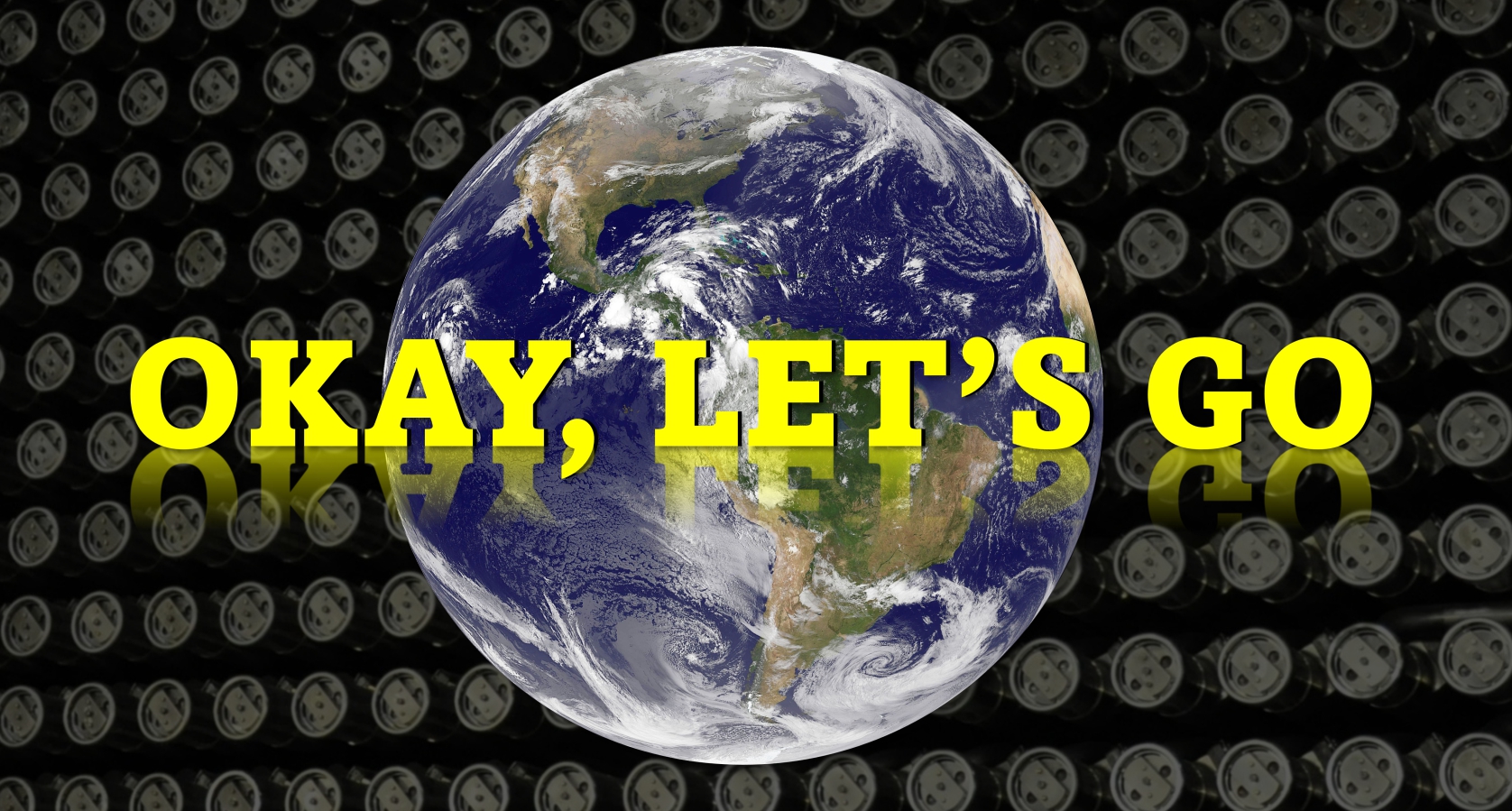
| |||||||||||
|
Discussion welcome. ©2025 Jeremy Whitlock
| |||||||||||
|
About the Author
|
|
